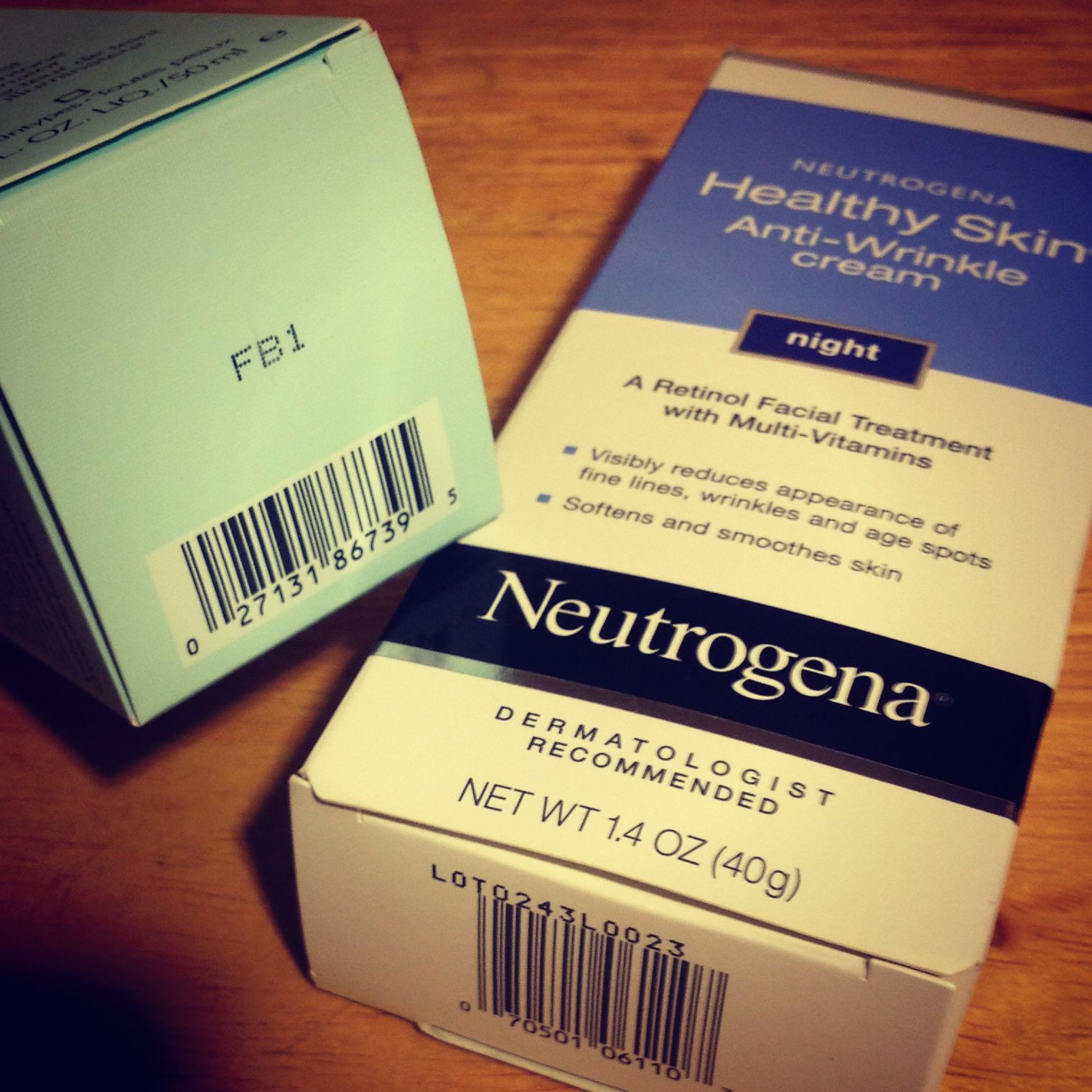Recently I started selling items on eBay in attempt to downsize my rather ridiculous amount of stuff. One of the items that sold was a Neutrogena sunscreen I had bought within the year, but when I went to package and ship I noticed that it had expired! Obviously I couldn't ship this item, so I ended up throwing it away, went out and bought a brand new tube, and shipped that.
This made me wonder, what other products do I own that's already expired? Prior to this incident I've actually rarely considered expiration dates of cosmetic products because the information is so easy to ignore. You can easily tell when milk goes bad, but it's much more difficult to tell when the chemicals of sunscreen has broken down. In addition, the cosmetics industry is not under stringent regulation to label expiration dates in mm/yyyy format! But, there is a way to find the expiration date for all cosmetic products. I'll show you how!
There are two things you need to watch out for:
General expiration date
This countdown is based on the production date. Companies must label expiration dates in the mm/yyyy format if the shelf life is less than 30 months.However if the shelf life is longer, companies can simply label the product with a batch code. The batch code will likely be on the bottom or the back of the product, or the box if it comes with one and may be as short as three alpha-numeric digits. (I'm not sure what the max length is.) This batch code unfortunately does not easily correlate with a production date, but some good folks made a website where you can look that up: Cosmetic Calculator
 Period After Opening expiration date
Period After Opening expiration dateThis countdown starts when you open the factory seal of the product. I'm fairly certain this number must be labeled for all cosmetic products. As you can probably guess this tells you how long a product should be chemically stable once you've broken the factory seal. Look for this number inside an image of an open jar. The jar is often called the Period After Opening (PAO) symbol.
So, which expiration date you'll be limited by will depend on the production date and when you open the product relative to it. If the product is relatively young in production life, chances are you'll only have to worry about the PAO. But if the product has been waiting to be bought for a while already, the general expiration date may be sooner than the PAO expiration date.
I think getting into the habit of expiration date becomes more important if you ever shop at discount (Marshalls, TJ Maxx, Big Lots) or big warehouse stores (Sam's Club, Costco). From those mentioned stores I really only shop at Costco, but I have often wondered if those stores ever sell expired items. If my understanding is correct department stores sell their unsold (read: older) items to discount stores?
Hope this was helpful! Thanks for reading!!
Cheers,
Katherine
Katherine

Reblogged this on Ultimate Skincare & Beaute Report, LLC.
ReplyDeleteAwesome!!
ReplyDeletewhoah - this is uber helpful! Thanks!
ReplyDeleteHey thanks!
ReplyDeleteI was surprised to learn that companies don't just label expiration dates. I feel like that's the more responsible thing to do...